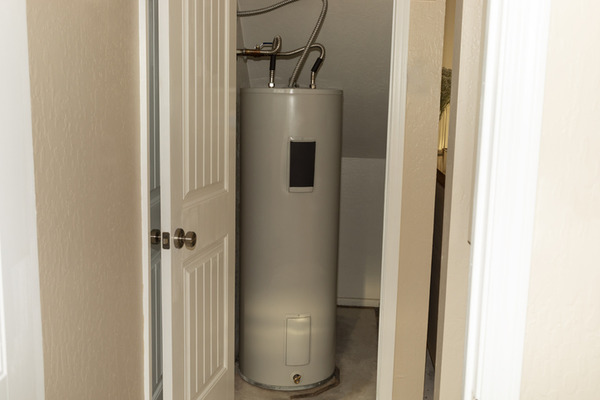
LPG (Liquefied Petroleum Gas) hot water systems operate similarly to natural gas systems but use bottled gas as a fuel source. They’re commonly used in homes without access to mains gas and can also serve as boosters for solar hot water systems.
How LPG hot water systems work
LPG systems function like natural gas units but source their energy from a pressurised LPG tank. This tank fuels either a:
- Storage system: Water is heated and stored in a tank until needed
- Continuous flow (instantaneous) system: Water is heated on demand as it flows through the unit
LPG can also be used to boost solar hot water systems, providing hot water when solar energy is insufficient.
Where are LPG systems used?
LPG systems are most commonly found:
- In rural and remote areas without access to gas reticulation
- In off-grid homes relying on electricity alternatives
- Where solar-only systems need backup heating
Because LPG is typically more expensive than natural gas or off-peak electricity, these systems are less common in urban areas.
Is an LPG system right for you?
LPG hot water may suit you if:
- You have no access to natural gas
- You use relatively little hot water
- You pair it with solar as an occasional booster
Environmental performance:
- LPG has comparable greenhouse gas emissions to natural gas
- It offers a cleaner alternative to coal-based electricity, particularly in regional areas
Installation requirements
LPG systems are relatively easy to install if you already have:
- A suitable location for LPG cylinder storage (level, well-ventilated, and secure)
- Proper clearance from ignition sources and electrical equipment
- Safe and compliant pipework and pressure regulators
For LPG-boosted solar setups, you must also consider solar collector placement, roof access, and tank integration.
Safety note:
- LPG is flammable and must be stored and handled in accordance with AS/NZS 5601 (Gas Installations)
- Periodic inspection of connections, valves, and regulators is essential
Advantages
- Comparable emissions to natural gas
- Compatible with solar hot water systems as an effective booster
- No reliance on electricity pricing or peak/off-peak periods
Disadvantages
- Higher running costs due to volatile LPG pricing
- Pricing varies significantly between regions and can change daily
- Requires manual cylinder refills or replacements
Suggested diagrams
- LPG system layout showing gas bottle, regulator, and water heater
- Clearance guide for safe LPG cylinder placement
- LPG vs electric cost comparison chart
- Solar hot water with LPG boost schematic
LPG hot water systems can be a practical solution in remote areas or as a solar backup, but running costs and fuel availability should be carefully considered when evaluating their suitability.





